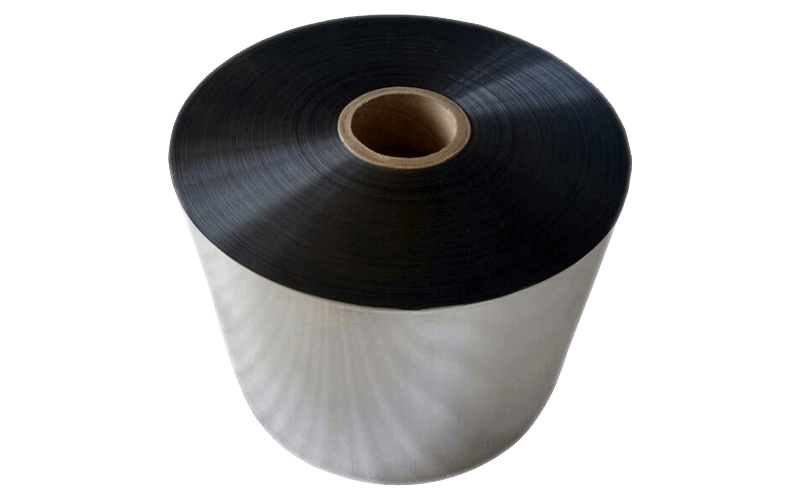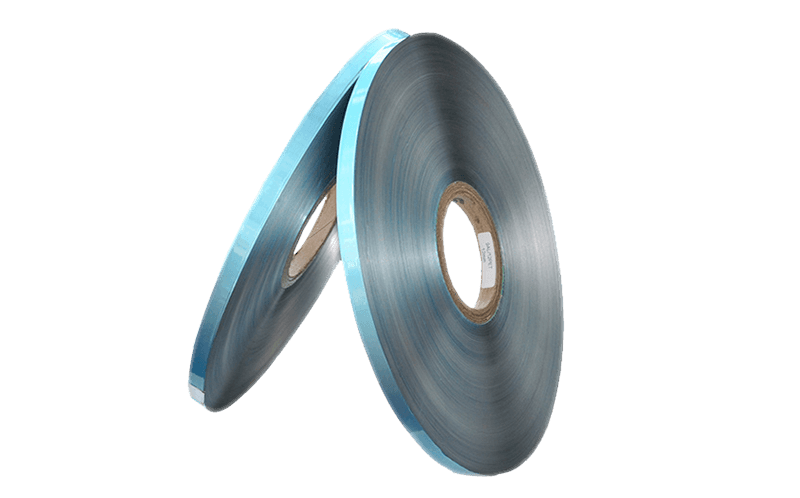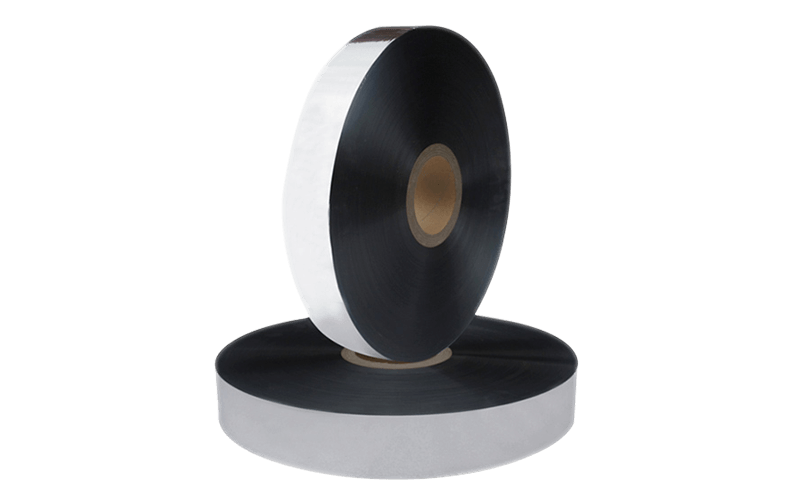An interesting piece of information flexible duct tape […]
An interesting piece of information flexible duct tape that many installers need to know is that flexible pipe requires tensioning of the lining. If it's not tight, the friction rate will increase significantly, which means airflow will suffer. Another problem I often see is that the bend is too sharp. The ADC standard says, "Keep bends greater than or equal to one pipe diameter bend radius.
The language is a bit clunky, but the diagram below shows what they mean. If you can put a pipe of the same size inside the turn as shown below, they'll say you're fine. Another big problem I keep seeing is sagging pipes. The official ADC recommendation is that flexible pipe should not sag more than 1/2 inch per foot of length between supports.
Brackets need to be spaced at the manufacturer's recommended spacing, but no more than 4' maximum. Straps supporting flexible pipes must be no less than 1.5 inches wide. The ADC standard provides many other details about installation, including one of the most important aspects, connectivity.
The most important thing is to make sure you get a good, strong connection between the liner and the connector, seal it with mastic or tape, then place the insulation and outer jacket over the connection and seal it. One more note about these connections: the first method they show is to mechanically connect liners with metal clips. The ADC standard provides a good guide for pipe installers. If someone follows them perfectly and the system is properly debugged, it should work fine.



